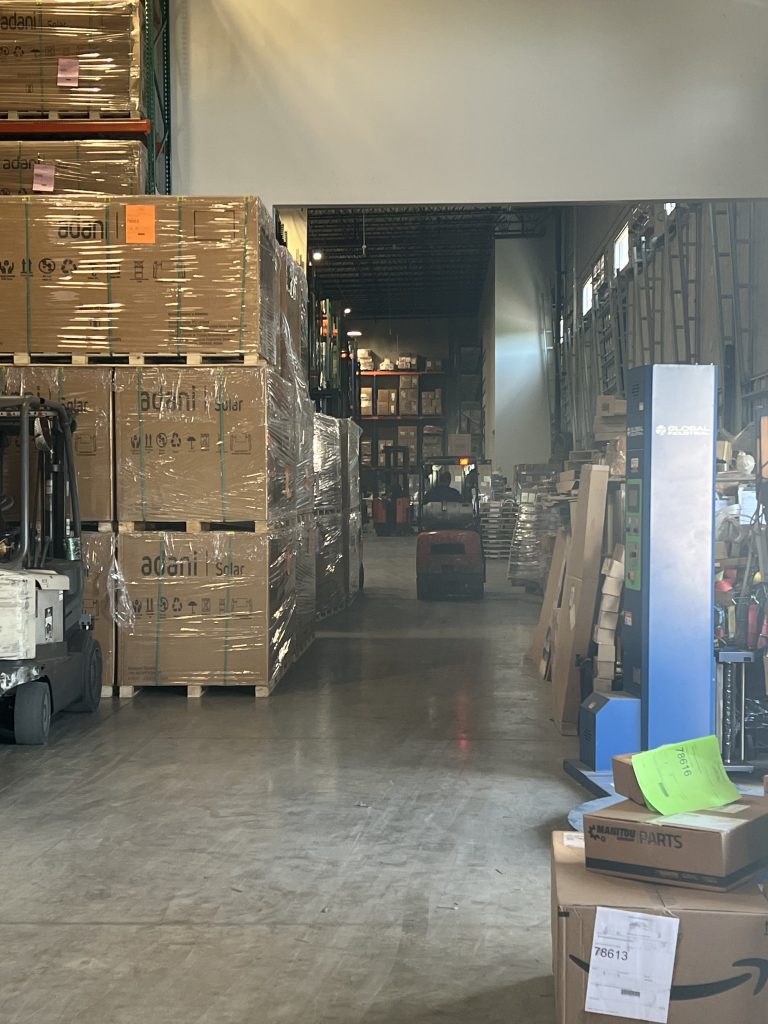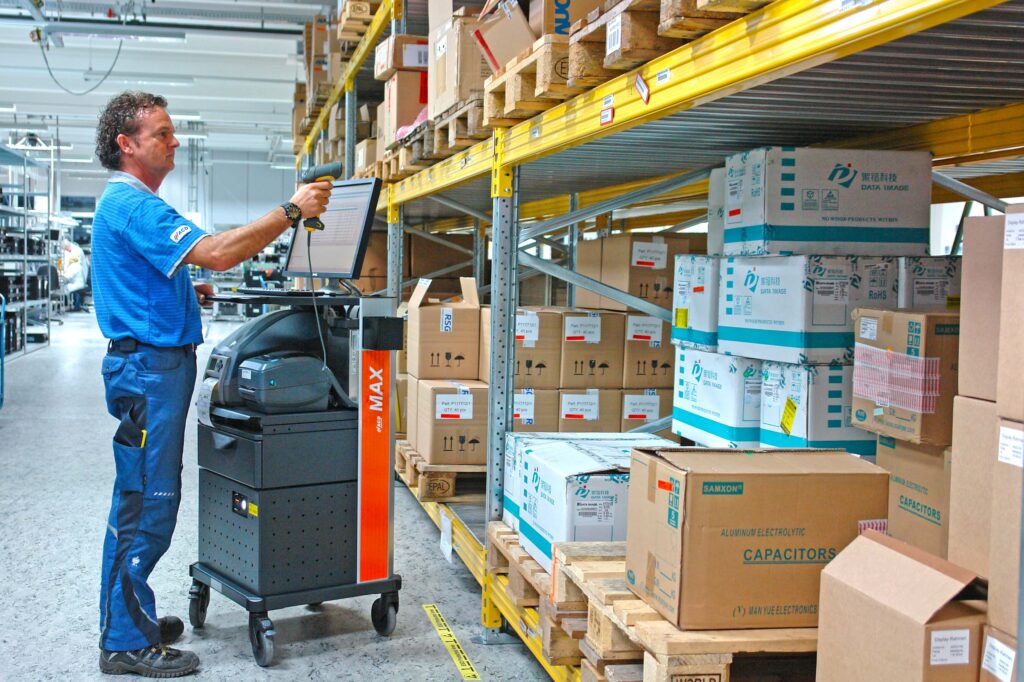Warehousing is integral to supply chain efficiency. As companies continue to look out for ways to cut costs and boost productivity, one logistics strategy that has become highly popular is cross docking. A cross-docking warehouse acts as a sorting and transfer hub, providing on-the-go service to ensure your goods can seamlessly transition from incoming shipments to outbound vehicles with minimal or no storage in between.
When done the right way, warehouse cross-docking helps streamline supply chains, leading to faster delivery and lower shipping costs. However, in order to achieve these goals, you need to choose the right supplier who can offer these benefits while minimizing the risks that come with it. In this guide, we will offer crucial topics that will help you select the best cross-docking services that best serve your shipping needs.

1. Delivery Schedules
Take into account the delivery schedule of your cross docking partner. A scheduling clash can put you off guard so it’s crucial to be aware of the days on which your provider delivers. Many providers delay delivery until they have met a certain volume requirement, which means that your containers can remain stuck for days or weeks beyond schedule.
This is directly tied to customer satisfaction, which is why it is important to confirm whether your provider is volume-dependent or not and can work according to a less-than-truckload sailing schedule.
2. Cross Docking Warehouse Platform Shape
In cross-docking logistics, you should also know about the shape of the cross-dock facility you will get. Generally, cross-docking facilities are built using an “I” configuration, which aligns with the shape of an elongated rectangle. This shape can accommodate up to 150 outbound and inbound doors to facilitate the linear movement of cargo to and from the facility with a minimum floor area to optimize costs.
In contrast, a T-shaped facility has between 150 and 150–200 doors, which can minimize congestion so that you can move goods relatively quickly. If you are dealing with large-scale operations, you would do well to opt for an X-shaped facility, as it features the highest dock door density and facilitates higher levels of cargo flow for higher efficiency.
3. Location Matters
When choosing the location of a cross-docking facility, make sure that you factor in the temperature sensitivity of your load. The ideal warehouse should be located at some point in the route to your endpoint so that your freight has to travel a limited number of miles to reach its destination. An off-route warehouse would lead to backtracking, thus adding up to your costs.
The facility should also arrange for the goods to be located within the perimeter of the location so that trucks can easily locate it which helps reduce deadhead time and the costs it incurs. A salient approach would be to opt for a facility where you can consolidate smaller inbound shipments into larger, full truckloads. This would allow you to benefit from a lower per-unit transportation cost.
4. The Cost-Volume Relationship in Cross-Docking
If you are to justify the price you are paying for a cross-docking facility, then you need to have a sufficient volume required to complete the truckload. This is relevant in assessing your delivered price as it is directly related to the inbound freight costs. If cost-efficiency is your aim, then you would want that price to be distributed among as many pallets or cases as you can accommodate.
If you are limited by the volume of your trailer, one way to evade this is to explore your network to check whether you can haul your load onto any other freight destined for your target area either for stop-off or delivery.
5. Temperature Control for Sensitive Goods
If you have a temperature-controlled load in your freight, you don’t want to end up with one that cannot offer the optimum conditions for effective cold storage. While cross docking companies may claim to offer temperature-controlled storage space, in reality, it may be nothing more than ambient storage or spare reefer trailers.
This can expose your load to breakdown and spoilage and even increase the risk of theft. That is why you should seek out a temperature-controlled space where your goods can be stored safely and reliably. Before settling for a cross-dock partner, visiting the location would be a good idea to ensure your products receive the care they deserve.
6. Technological Level Of a Provider
Technology integration should be a key consideration when selecting a cross-docking facility, especially if your business has automation needs. Evaluate the technology capabilities of a provider, as this can have a significant impact on the efficiency and productivity of your supply chain.
Seek out a provider well-equipped with the latest technologies, such as advanced tracking systems, real-time visibility, and integrated software, to ensure you can keep track of your goods throughout their journey from the warehouse to their destination. It would also ensure that your goods are handled and processed using the right technologies for maximum efficiency and a lower risk of damage due to handling.

7. Established Providers with Expertise and Experience
Working with a reliable provider can make all the difference to the quality of your cross docking operations. Instead of choosing randomly, search a cross docking warehouse’s track record in terms of its capabilities to meet deadlines as well as a high safety record with low rates of incidence.
These two indicators would assure you that the provider has the experience to handle similar volumes and products and enjoys a credible reputation in the cross-docking realm. You can take further cues from what other customers have to say about their services and gather testimonials from businesses to ensure you have made the right choice.
FAQS
1. How Can I Ensure That My Cross-Docking Warehouse Location Optimizes Transportation And Reduces Shipping Times?
When choosing the location, ensure the warehouse is accessible to major transportation hubs such as ports and highways to reduce transit times. If you ship internationally, consider whether the warehouse offers multimodal transport options to optimize transportation routes.
2. What Pricing Factors Should I Consider When Choosing A Warehouse?
Evaluate the cross-docking service’s pricing structure to ensure it fits your budget. Inquire about whether the warehouse is charging handling fees per pallet or load. You can choose between a long-term contract or a flexible model, depending on your business model, and you can ask about hidden charges.
3. How Can A Cross-Docking Warehouse Improve My Supply Chain Efficiency?
Cross-docking warehouses facilitate the quick transfer of goods from inbound to outbound transportation, which helps reduce storage time. This, in turn, leads to faster deliveries, minimizes inventory costs, and improves supply chain efficiency.
4. What Are The Key Factors To Consider When Choosing A Cross-Docking Warehouse?
Look for a warehouse that is strategically located near transportation hubs and offers efficient handling processes and a real-time tracking facility. Prefer providers offering scalable services to keep up with changing business demands and seasonal fluctuations, such as volume spikes or additional logistics support
Cross-Docking Warehouse Near Me: Finding the Right Partner
You will need to think strategically when choosing a cross-docking warehouse for your operations. Factors like location, technological prowess, and infrastructure of a provider as well as its reliability, are vital in selecting a warehousing service that best suits your business. This would help you optimize your supply chain to yield higher efficiency, reduce costs, and enhance overall supply chain management.
Are you struggling to find cross docking near me? We can help you find your ideal warehouse for your shipping needs, whether for the short-term or the long-term. Contact us today to get expert guidance on how our 3PL warehousing services can help you achieve success in cross-docking logistics and give you a competitive edge.